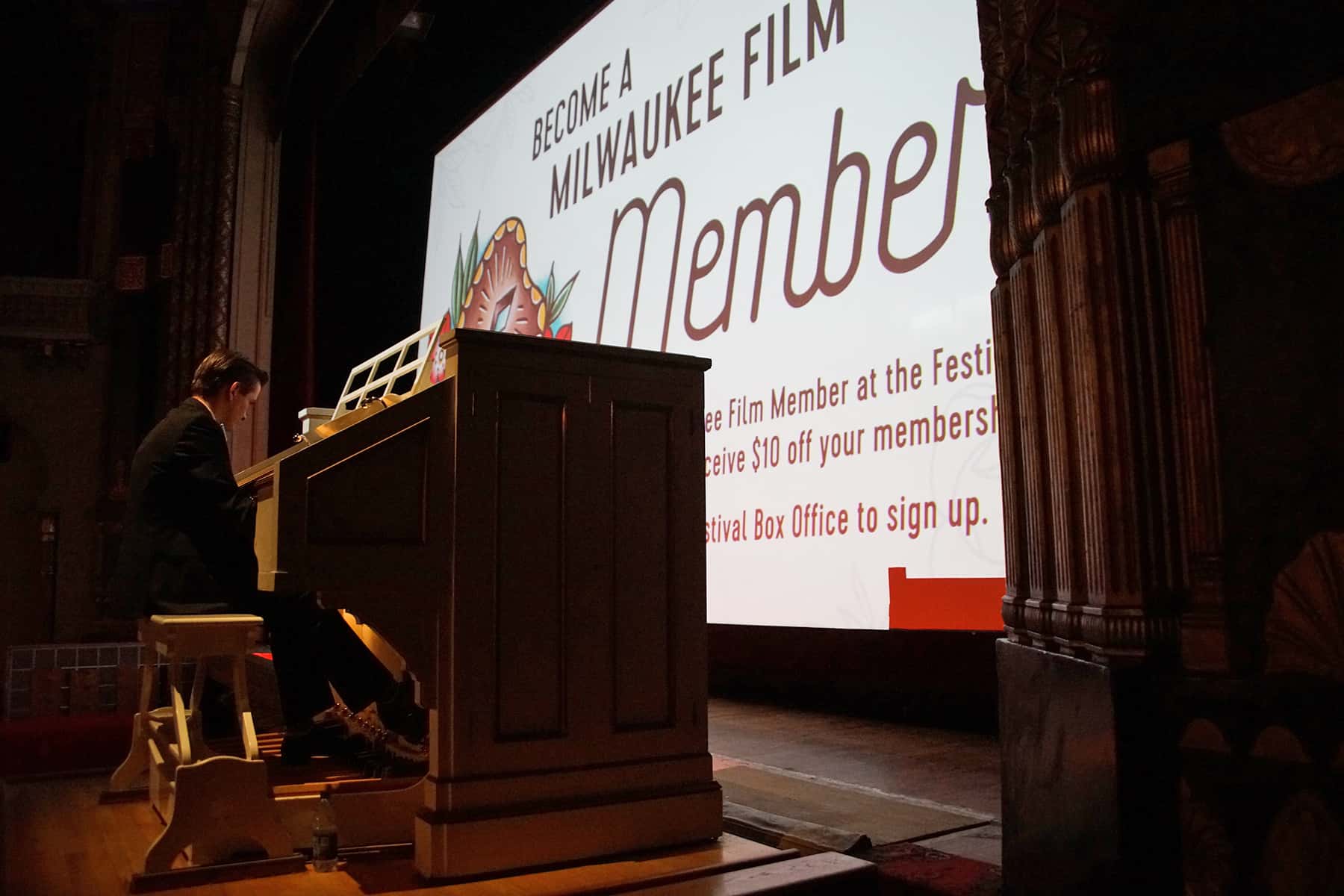
He reminisced about when he and his wife Frances “Billie” Vernon had a comedy-and-dance vaudeville act, “Vernon and Nye,” on the Orpheum Circuit and played at the Majestic Theatre for a week across the street from the Butterfly in 1924. In early November 1931, Warner’s top star of the decade, James Cagney, appeared onstage for a week.
#Kimball organ milwaukee movie
The Warner was the last movie palace built in Milwaukee before the worsening Great Depression and World War II stopped movie palace and skyscraper construction. The movie was Sit Tight, starring Vaudeville and Broadway’s “Song-a-Minute Girl,” Winnie Lightner and Joe E. Warner star Bebe Daniels dedicated the theater, Mayor Daniel Hoan spoke, and Governor Phil La Follette appeared on newsreel. The Warner opened on May 1st, 1931, the same day as the Empire State Building. The towering lobby was Art Deco, while the auditorium conjured French baroque that King Louis IV, the "Sun King," would have recognized. poured $2.5 million ($1 million more than Saxe spent on the Oriental Theatre) and hired the famed theater architectural firm, Rapp & Rapp to design and build a grand 2,431 seat palace with a Kimball organ.

Hit movies would run longer than one week before moving to the “nabes.” After Warner Bros.’ smash musical Gold Diggers of Broadway ran for an unusually long eight-week first run at the Garden in fall 1929, plans were unveiled to build a new movie theater as part of a 12-story office building that would replace the obsolete Butterfly. Brin’s 1,250 seat Garden Theater was Milwaukee’s first theater to be wired for sound in 1927 and showed a lot of Warner Bros. bought the operating leases of Universal’s Milwaukee neighborhood theaters. Universal operated the Alhambra and several neighborhood theaters, including the large atmospheric Egyptian and Venetian palaces, evoking the atmosphere of places that at the time could only be reached by ocean liners. RKO operated the Majestic, Palace and Riverside vaudeville-movie theaters. It acquired First National studio, Stanley and independent theaters, and eyed Milwaukee.įox (20th Century-Fox), profiting from its Movietone sound system, became the fourth-largest studio and bought Wisconsin's largest movie theater chain in the 1920s, Saxe.

Warner Bros., flushed with money from its Vitaphone sound system, surged past First National and Universal to become Hollywood's third-largest movie studio behind MGM and Paramount. It was cavernous when it opened in 1911, but its 1,500-seating capacity was too small to compete with newer and larger palaces on the “Ave.” and was downgraded to showing movies on a second run during the Roaring Twenties. The most striking of Milwaukee’s early cinemas was the Butterfly with its 27' wide wings hovering above the sidewalk. They showed movies on a first run before moving to second and later runs in the “nabes.” Also lighting up the “Ave.” with vertical signs for a night at the movies were the Riverside, Majestic, Garden, Alhambra, Palace, Strand and Wisconsin theaters. The Warner was one of eight movie theaters lining W. In 2021, The Milwaukee Symphony Orchestra (MSO) moved into their new home, the former Warner Theatre, which has been renamed the Bradley Symphony Center.

Trostel Collection of German Theater Scriptsįrom Warner to MSO, A Palace Fit for Movies and Orchestra By MPL Staff on 12:00 AM.


 0 kommentar(er)
0 kommentar(er)
